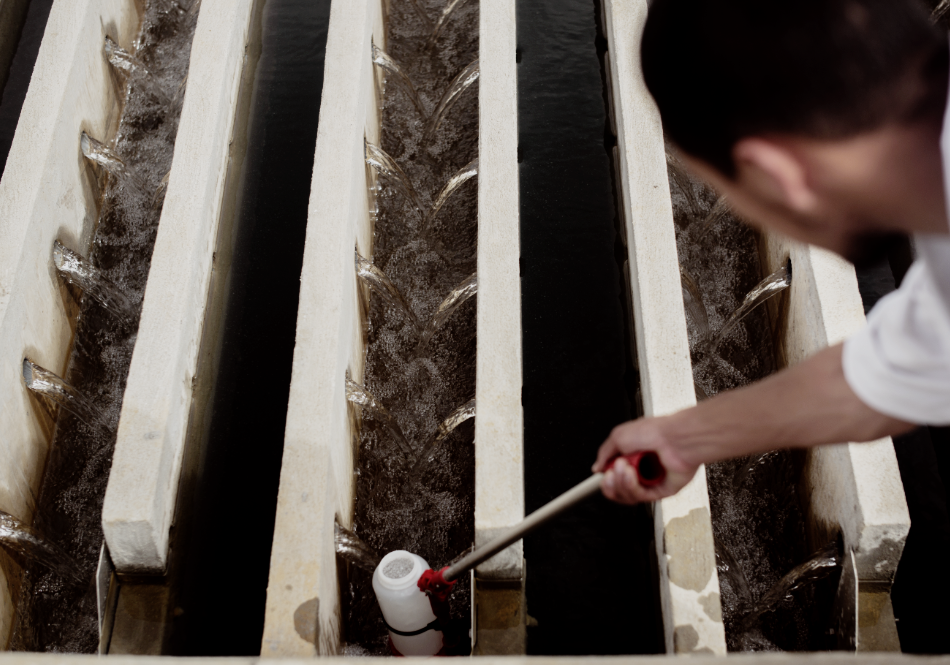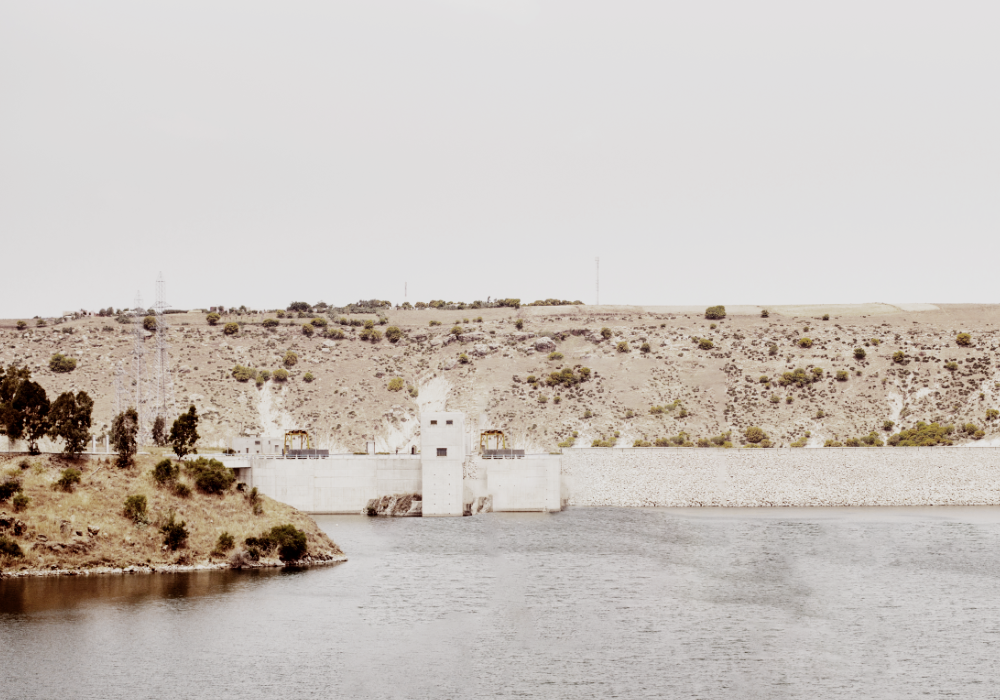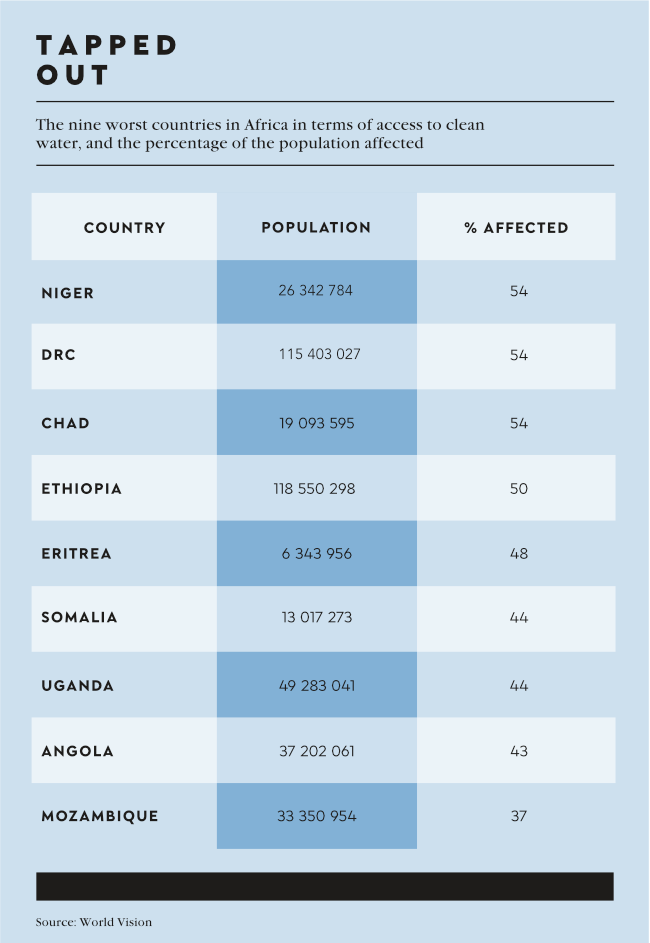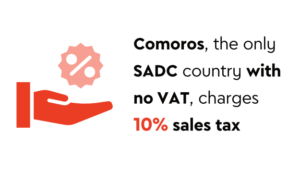Nine of the 10 countries with the worst access to clean drinking water globally are in Africa – Niger, the DRC, Chad, Ethiopia, Eritrea, Somalia, Uganda, Angola and Mozambique. Just under half a billion people on the continent are deprived of this most basic of human necessities, 779 million lack basic sanitation services, and 839 million still lack basic hygiene services, placing them at higher risk of waterborne diseases, malnutrition, child mortality, poverty and psychological distress. Not to mention, the increased gender inequality and impact on education that inevitably follows – the sourcing of water can be time consuming, a task that often falls to women and girls, preventing them from attending school or participating in the economy.
Even in South Africa, the most developed country in sub-Saharan Africa, one in 10 (6 million people) do not have access to infrastructure that can provide an adequate water supply, and even economic hubs such as Johannesburg experience breaks in supply.
This poses an enormous hurdle to Africa’s economic development. In her foreword to a 2024 report – titled the State of Africa’s Environment: Water – environmentalist Sunita Narain argues that water needs to be at the centre of Africa’s overall development. ‘One of the biggest environmental challenges that developing countries face in the coming decades is to balance their increasing demand with the diminishing availability of water. Increases in population coupled with the ongoing processes of industrialisation, urbanisation and agricultural modernisation are, on the one hand, leading to an ever-increasing demand for water and, on the other, a decreased supply of freshwater, especially in the absence of effective mechanisms to regulate pollution.’
Needless to say, the race is on to develop affordable, scalable technologies to tackle the problems of both water supply and purification. While affordable technologies such as solar water pumps have helped farmers across the continent to access groundwater reserves that support agricultural development, their limitations have not yielded the kind of ‘revolutionising’ access to water that had been predicted.
‘Much of the debate centres on how to best deploy this increasingly affordable solar technology to unlock groundwater potential; not just in terms of drinking water, but also in terms of irrigating crops – unleashing the ability to address both water and food insecurity without the need for fossil fuels,’ writes Alan MacDonald, a researcher with the British Geological Survey (BGS), which works with international NPO WaterAid, in a recent article in the Guardian.
In a 2022 report, analysis from BGS and WaterAid revealed that that many countries in Africa – including most parts of sub-Saharan Africa – have enough groundwater to meet everyone’s daily needs.
Challenges identified by the report that prevent the fulfilment of this potential include a lack of geological expertise, mismanagement and pollution. ‘Groundwater is […] vulnerable to pollution. Excess fertilisers and pesticides from intensive farming can leach into aquifers, and poorly regulated industry can lead to a cocktail of toxic chemicals soaking through the soil.’
While solar pumps are an integral part of the plan to tap into valuable water resources, additional efforts and innovations are needed to broaden the reach of water supply.
Israel, more than any other country, has shown that desalination can be successfully deployed to turn plentiful sea water into a safe, sustainable source of drinking water, at scale. Five desalination plants along its 237 km coastline supply 50% of the country’s potable water supply.
Neighbours along Africa’s coastline have taken note. In addition to Algeria’s 21 existing desalination plants, a further five are in the process of being built, and seven more are planned – ostensibly making it possible to increase the use of desalinated seawater to 42% of the total volume of drinking water, compared to the current estimated 18%.
Morocco also makes use of desalination. However, the expense of the construction of the plants is proving prohibitive for other African countries, with Senegal recently terminating an US$800 million desalination deal with Saudi Arabia’s ACWA Power, due to the financial burden of the project.
In addition, concerns are beginning to emerge that due to the removal of certain minerals from drinking water during the reverse osmosis process used to desalinate water, deficiencies – such as magnesium deficiency – may lead to health problems.
Nevertheless, advances in technology have been helping to cut desalination costs in half over the past 20 years, according to Gunnar Herber, head of innovations at desalination plant provider SALINCX, who predicts that desalination costs will continue to drop. ‘The Middle East and North Africa lead in desalination capacity, relying on it for 70% of domestic water needs,’ he says. ‘[These areas typify] global extremes – water-poor yet heavily dependent on desalination with costs still hindering optimal supply.’
In the meantime, a new technology in development is causing a buzz, being hailed as a game-changer for water purification across Africa.
Researchers from Teesside University in the UK are collaborating with experts in South Africa and the DRC on an economically sustainable solar-powered water purification device that proposes using nano-materials to remove chemicals and pathogens from water in a single step, and can be operated in households as well as agricultural fields. By integrating carbon nano-adsorbents and photo-active complexes (powered by sunlight) into a filtration system, the product removes harmful substances and disinfects the water.
While the DRC is rich in water resources, millions still rely on contaminated sources, which has a severe impact on their health.

Funded by a EUR300 000 grant from the Royal Society’s International Science Partnerships Fund, the project has the potential to drastically improve water quality both domestically and in agricultural fields, ensuring safe-water access for communities in need, says project lead, Ojodomo Achadu from Teesside University.
His team, along with Muthumuni Managa from the University of South Africa and Christian Nkanga from Université de Kinshasa, will spend the next two years (the project’s end date is 2027) developing NanoSolar-PureWater.
The use of nanotechnology to purify water is nothing new, but widespread adoption has been hampered owing to the high degree of technical knowledge required, combined with high costs and potential health and environmental risks. According to the Water Resources Research Centre, a prime concern is that the enhanced reactivity of nanoparticles increases their toxicity.
In almost every case, the expense of water purification technology – infrastructure, transport to remote areas and production – is cited as a barrier to scalability. This is something that governments and organisations such as the Continental Africa Water Investment programme are seeking to address by helping African countries access international funds. The AU’s Water Investment Action Plan, which outlines how African states can mobilise the additional US$30 billion per year they need to ensure water security and sustainable sanitation, aims to close the water investment gap in Africa.
Zambia is one of more than 20 countries that will receive direct and tailored support through the Continental Africa Water Investment programme (AIP) to scale up access to finance for climate-resilient, gender-sensitive water investments by 2030, with the Zambian government recently launching an implementation roadmap to raise US$3.4 billion per year.
‘Countries will receive support across a range of priority areas aimed at leveraging further climate financing,’ says Harsen Nyambe, the director of blue economy and sustainable environment at the AU Commission. ‘These include development of project concept notes, and pipelines as part of the national climate-resilient water investment programmes and plans. The programme also entails strengthening institutional capacity to access climate finance and implementation of gender transformative approaches in water investments, establishing match-making knowledge investment platforms to bridge supply of finance and demand for bankable projects, identifying and supporting participating member countries’ institutions for Green Climate Fund accreditation.’
As Africa grapples with escalating water scarcity, the future impact of this crisis is poised to shape not only the continent’s health and economic prospects, but also its social fabric.
Innovation and technology alone cannot solve the problem; funding, collaboration and effective governance must all fall in step to ensure that solutions are equitable, sustainable and, above all, effective.
By Robyn Maclarty
Images: Flickr/AfDB Projects


















